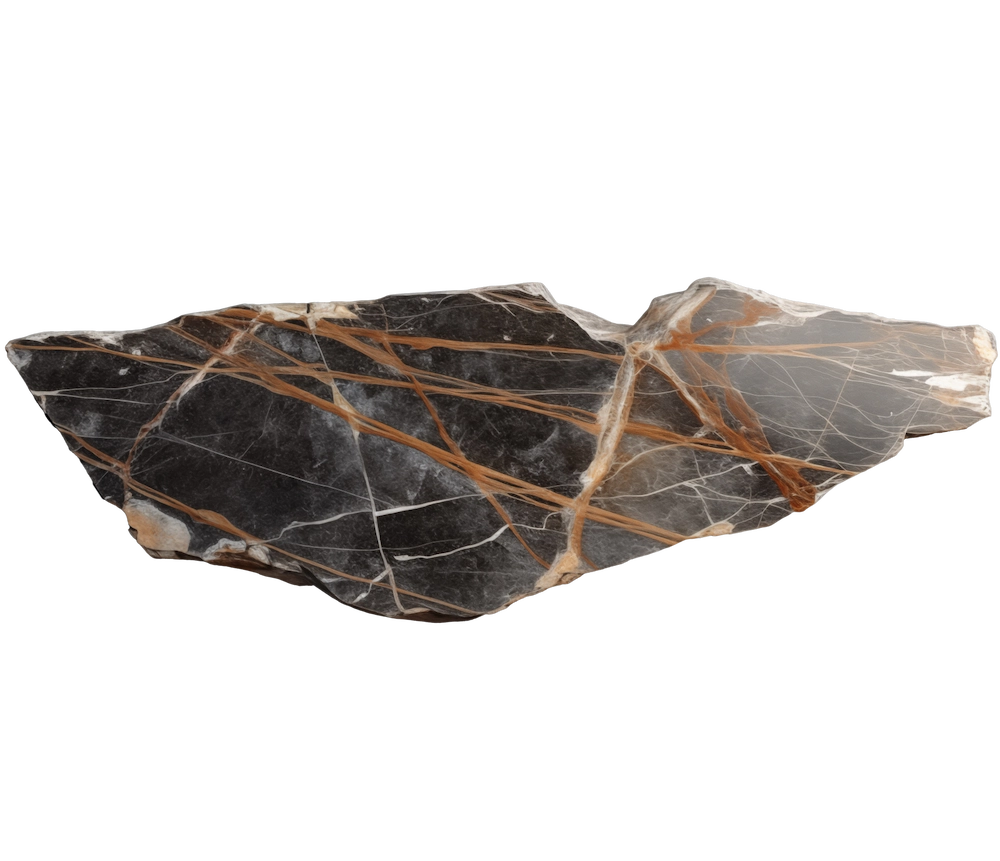Stone Collection

Deep within the earth’s crust, as raw limestone is pushed against the furnace of the core, marble is slowly born. Through millions of years of heat and pressure, fossilized minerals melt and merge into each other.

Quartzite is one of the most chemically-resistant and durable stones found at the earth’s surface – it is extremely compact and hard. Quartzite can be found all over the world, but particularly in tectonically active regions.

Unmistakable for its striking veins and mysterious translucence, onyx has been used for centuries to beautify. Formed over centuries of slowly dripping, calcium rich water within shallow caverns of limestone.

Granite forms when bits of quartz and feldspar are shot out of a volcano, making it an igneous rock. It’s an outstanding building stone that’s resistant to weathering, perfect for any application.

Limestone forms at the bottom of lakes and seas. Its calcium composition makes it easy to smooth, it also includes fossilized bones and shells. The color varies from rock to rock, though most limestone is neutral.

Though its origin and chemical composition is similar to stalactites and stalagmites, it is finer-grained and more versatile: it can take a higher polish, up to a smooth shine, or it can be used in its raw form. It's a material with a range of hues, from light to silver to dark browns and coral reds, the porous nature and feel of this stone gives off an earthy, warm ambiance.

Talc is one of the core components of Soapstone - compact, fine-grained stone. Basalt is a dense, fine-grained rock often displaying a columnar structure. Slate is a fine-grained metamorphic rock.

Precious quartz refers to distinct varieties within the quartz family that exhibit exceptional properties highly valued in gemology. These gems captivate with their flawless transparency, vibrant colors, and occasional rare formations.



















